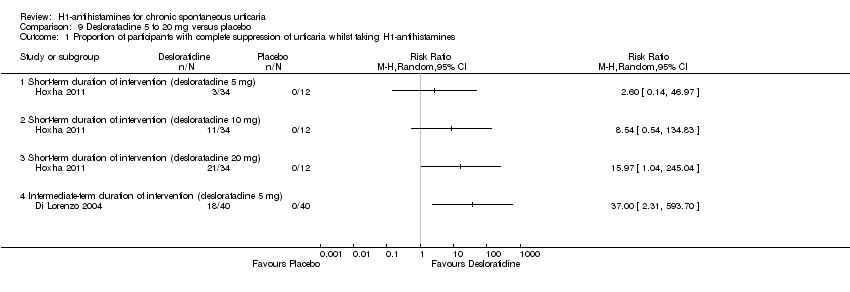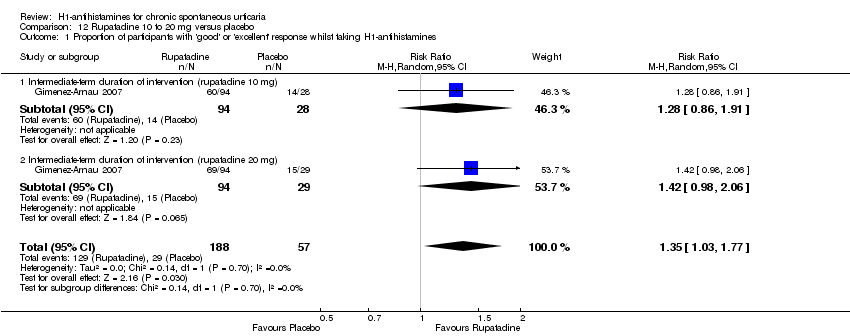Contenido relacionado
Revisiones y protocolos relacionados
Uwe Matterne, Merle Margarete Böhmer, Elke Weisshaar, Aldrin Jupiter, Ben Carter, Christian J Apfelbacher | 22 enero 2019
Zbys Fedorowicz, Esther J van Zuuren, Nianfang Hu | 14 marzo 2012
Jose Contreras‐Ruiza, Sandra Peternela, Carlos Jiménez Gutiérrez, Ivana Culav‐Koscak, Ludovic Reveiz, Maria de Lourdes Silbermann‐Reynoso | 30 octubre 2019
Anne R Mason, James Mason, Michael Cork, Gordon Dooley, Helen Hancock | 28 marzo 2013
Sue Jessop, David A Whitelaw, Matthew J Grainge, Prativa Jayasekera | 5 mayo 2017
Mariona Pinart, José-Ramón Rueda, Gustavo AS Romero, Carlos Eduardo Pinzón-Flórez, Karime Osorio-Arango, Ana Nilce Silveira Maia-Elkhoury, Ludovic Reveiz, Vanessa M Elias, John A Tweed | 27 agosto 2020
Christian J Apfelbacher, Esther J van Zuuren, Zbys Fedorowicz, Aldrin Jupiter, Uwe Matterne, Elke Weisshaar | 28 febrero 2013
Leila Ferguson, Masaki Futamura, Efstratios Vakirlis, Reiji Kojima, Hatoko Sasaki, Amanda Roberts, Rintaro Mori | 21 octubre 2018
An IM De Sutter, Marc Lemiengre, Harry Campbell | 7 octubre 2009
Ching‐Chi Chi, Gudula Kirtschig, Maha Baldo, Fabia Brackenbury, Fiona Lewis, Fenella Wojnarowska | 7 diciembre 2011
























